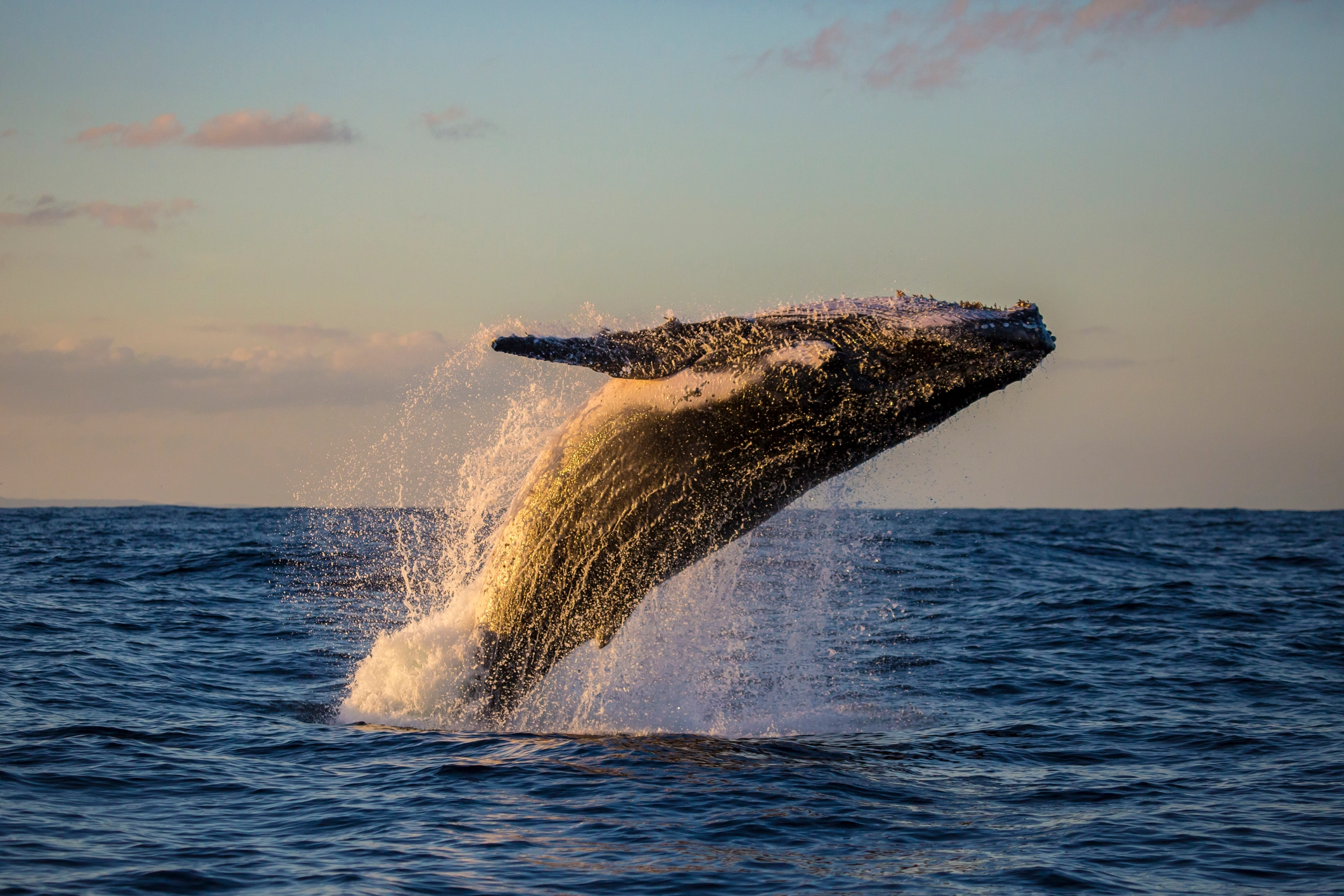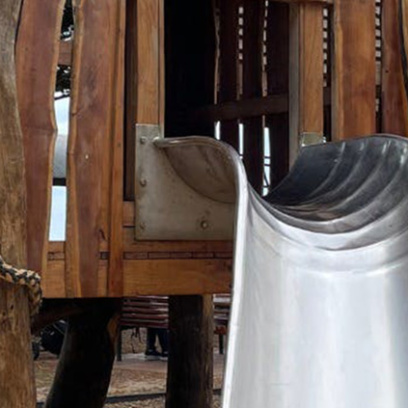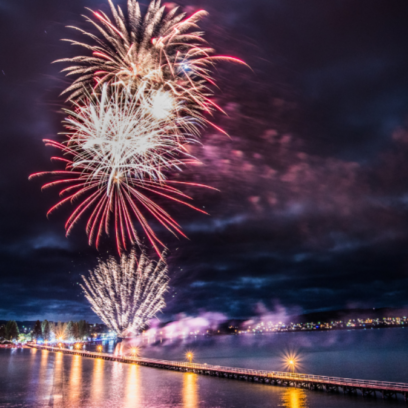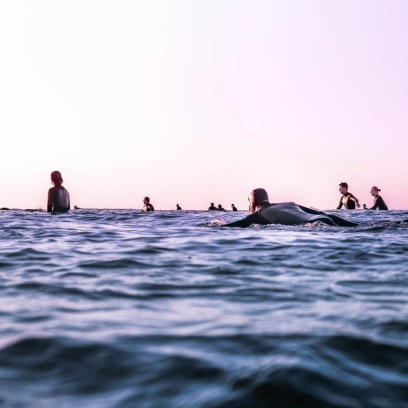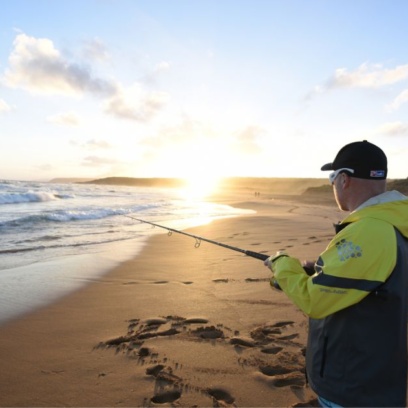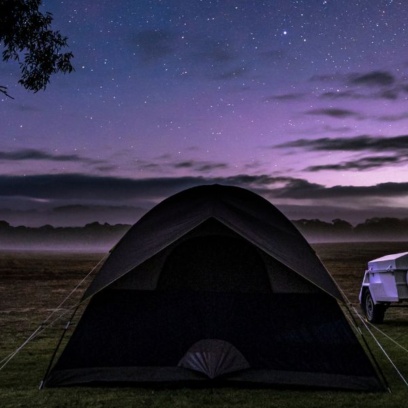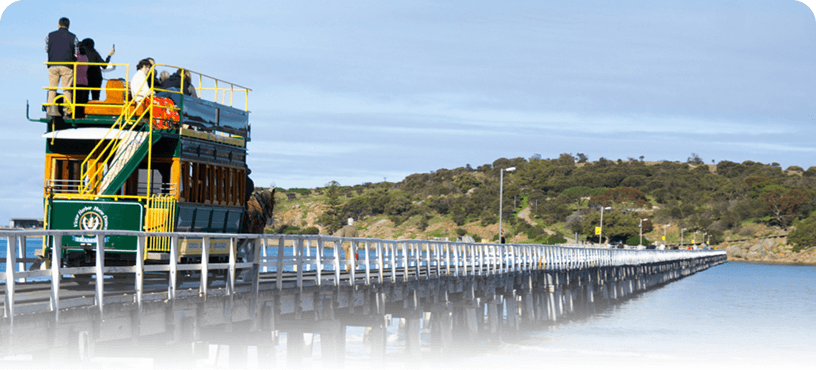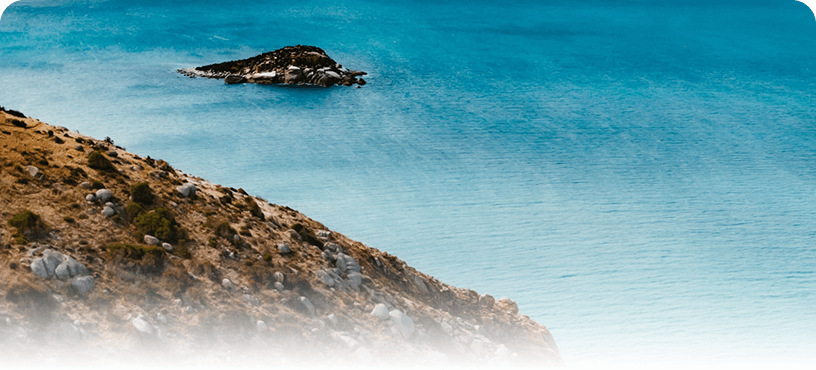Whale watching has become one of the most popular activities for visitors to South Australia, and for good reason. With diverse marine life, stunning landscapes, and incredible encounters with nature and wildlife, it’s no wonder that people from all over the world travel across the world to this little pocket of Australia to witness these majestic creatures in their natural habitat.
For the best chances of spotting whales during your visit, it’s recommended to book a whale-watching tour with an experienced guide who knows the best spots for whale sightings or talk to the friendly team at the South Australian Whale Centre.
If you’d like to learn more about whale watching in South Australia with some local tips, feel free to reach out and contact us.
What whales will you get to see from South Australia?
The most common sightings of whale watching in South Australia are Humpback Whales and Southern Right Whales. Further offshore with guides, visitors might be lucky enough to spot toothed whales such as sperm whales, pilot whales, and even orcas.
The largest animal in the world, the blue whale, can also be spotted feeding offshore from Kangaroo Island and the Bonney Coast.
Best times for whale watching in South Australia
The best times for whale watching in South Australia vary depending on the species and annual migration you hope to see, but in general, the whale-watching season runs from May to October.
The annual migration of whales to South Australia occurs during the cooler months of the year, when they mate, give birth, and nurse their young. For the best chances of sighting whales, visit South Australia between June and September.
May to October is the most popular time to go whale watching in South Australia. During these colder months, the southern right whales and humpback whales are the most commonly spotted species.
Just a slightly smaller window, during May to October, you can still see southern right whales and humpbacks, but a higher chance of seeing blue whales.
Best spots in South Australia to go whale-watching
South Australia is home to some of the best whale-watching locations in the world, and each offers opportunities beyond seeing the world’s biggest mammals. These spots offer unique experiences, from the rugged coastline of the Eyre Peninsula to the family-friendly activities at Victor Harbor.
Regardless of where you choose to go, be sure to keep an eye out for these incredible creatures and remember to respect their space by keeping a safe distance.
Victor Harbor and the Fleurieu Peninsula
Located just an hour’s drive from Adelaide, Victor Harbor is one of the most popular whale-watching locations in South Australia. Being a breeding ground for Southern Right Whales, and a stop-in for passing Humpback Whales, there’s good reason.
You can see them passing from the coastline at scenic locations such as:
- The cliffs at The Bluff
- Nakurami Kondoli, the whale lookout at Encounter Bay
- Basham Beach at Middleton
- Frenchman’s Lookout at Port Elliot
Simply pack a picnic rug filled with food and local produce from Victor Harbor, find a spot, and maybe even a pair of binoculars. And if you don’t fancy your luck from the shoreline, you can contact us for some recommendations on local whale watching tours. If you’re lucky, you might even get to spot seals, sea lions, and dolphins as well.
Kangaroo Island
Kangaroo Island is a must-visit destination for wildlife enthusiasts, and whale watching is one of the most popular activities on the island. The area is home to a diverse range of whale species, including Southern Right Whales, Humpback Whales, and Blue Whales. Whale watching tours depart from Kingscote and Penneshaw.
Eyre Peninsula
The Eyre Peninsula is a remote and rugged location that is well-known for its whale watching opportunities. The area is home to a wide range of whale species, including Southern Right Whales, Humpback Whales, and Blue Whales. Visitors can take a whale watching tour from Port Lincoln or Coffin Bay.
How to tell the difference between whales in South Australia
Colour
When it comes to coloration, Southern Right Whales are typically dark grey or black, with white patches called callosities on their heads, which serve as a unique pattern for each individual.
Humpback Whales, conversely, display a more varied color palette, ranging from dark grey to black on their dorsal side, with white or mottled white on their ventral side. Their flippers also exhibit unique patterns, aiding in individual identification.
Tail displays
Tail displays and fluke patterns are other telltale signs of a whale’s species is its tail displays and fluke patterns. Southern Right Whales have a broad and smooth tail fluke with a relatively straight trailing edge. They are less likely to lift their flukes out of the water when diving, making it slightly more challenging to observe their tail patterns.
Humpback Whales, in contrast, boast large, distinctive flukes with a serrated trailing edge. As they dive, they often lift their flukes high above the water, providing a familiar sight. Keen observers can use this opportunity to identify the individual based on the unique patterns found on the underside of their flukes.
Dorsal fin and head shape
Another aspect to consider when differentiating between Southern Right Whales and Humpback Whales is the appearance of their dorsal fins and head shape. Southern Right Whales have a distinct lack of a dorsal fin, which sets them apart from other whale species. Their heads are also more rounded and wider, giving them a somewhat bulbous appearance.
Humpback Whales, in comparison, have a small, triangular dorsal fin that sits on a hump, a feature that has inspired their name. Their heads are narrower than those of Southern Right Whales, and they have elongated pectoral fins that can reach up to a third of their body length, contributing to their more streamlined appearance.
Behaviour
Whales also have distinct behaviours that can help you identify them. For example, Southern Right Whales are known to be more social and often swim in close groups, while Humpback Whales are more solitary and tend to travel alone or in small groups.
Tips for whale watching in South Australia
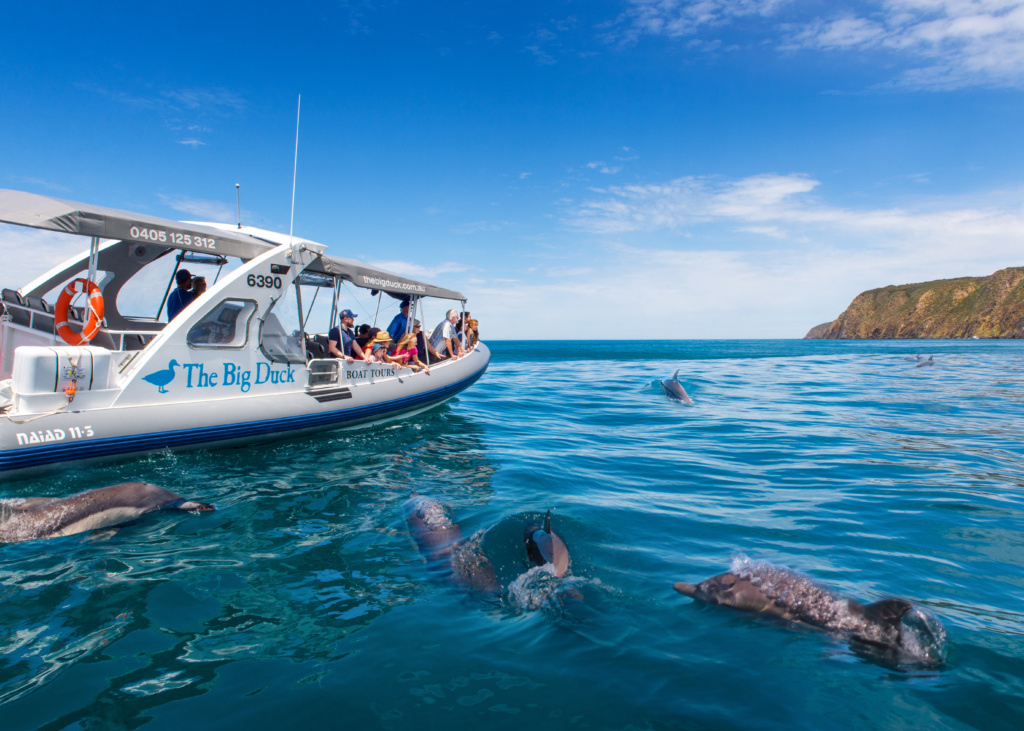
When choosing a whale watching tour operator, make sure they are licensed, experienced, and follow responsible whale watching guidelines. Supporting operators that prioritise the welfare of the whales, such as those who maintain a safe distance and limit the number of boats around the whales can help us enjoy sharing the world with these creatures for years to come.
If you’re watching whales from a boat, always follow the captain’s instructions and stay seated while the boat is moving. Don’t make any sudden movements or loud noises that could startle the whales.
Big Duck Boat Tours in Victor Harbor might be one of your best choices for whale watching in the area, with opportunities to head offshore from Granite Island to see seals, dolphins, seabirds, and whales. You can visit their website to learn more or contact us.
When watching whales from the shore, always be aware of your surroundings and keep a safe distance from the water. Never approach whales or other marine wildlife, and always follow any signage or instructions from local authorities.
If you’re having trouble spotting whales, try fixing your eyes on the horizon, using your peripheral vision to notice breaches as they happen.
For more help exploring Victor Harbor and the South Australian coastline
Aside from whale watching, there are plenty of other activities to enjoy in South Australia. While you’re on the coastline, you can enjoy nature and wildlife by exploring some nearby walking trails, or go wine tasting in the picturesque wine regions of South Australia, filling your picnic basket with local produce to take with you.
No matter what your interests are, you’re sure to find something to enjoy in this beautiful little part of the world.
Contact our friendly team for more information and recommendations for Victor Harbor whale watching.

